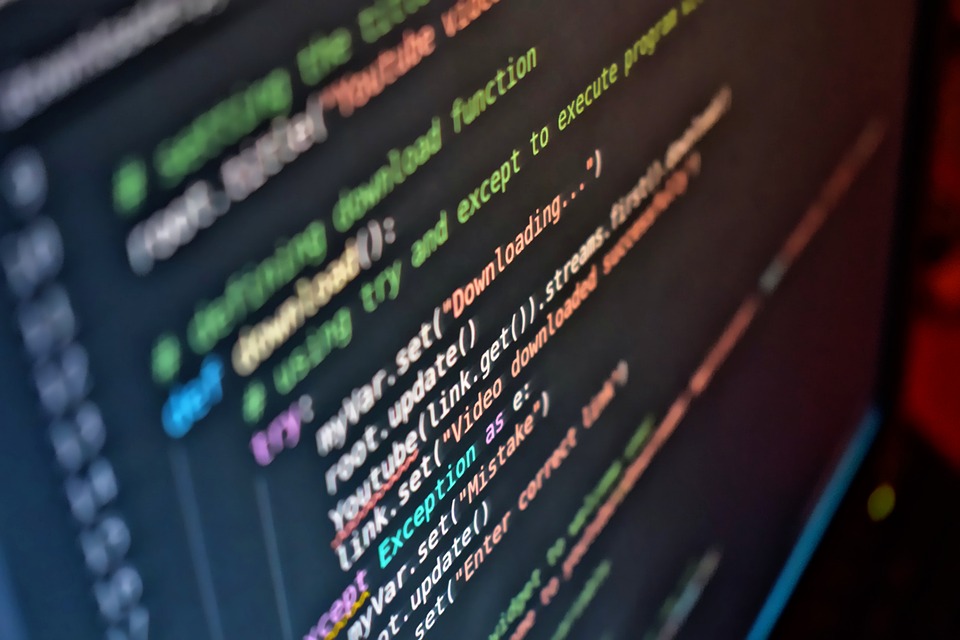In our tech-driven world, coding has become an essential skill that transcends mere computer science. It fosters problem-solving, enhances creativity, and encourages critical thinking. As the digital landscape continues to evolve, introducing coding to children at a young age can equip them with valuable tools for the future. But how can we make programming fun and accessible for young learners? Here are some effective strategies and resources.
The Importance of Early Coding Education
Understanding coding basics can provide kids with a strong foundation in digital literacy. As technology permeates every aspect of our lives, making sure children are not just consumers of technology, but creators is crucial. Here are a few reasons why coding education is essential:
- Problem-Solving Skills: Coding requires logical thinking and the ability to break down complex problems into manageable parts.
- Creativity: Through coding, kids can create games, animations, and websites, allowing them to express their creativity in new ways.
- Collaboration: Many coding projects encourage teamwork, helping children learn how to communicate and collaborate with their peers.
Making Coding Fun
-
Gamified Learning: Platforms like Code.org and Scratch provide gamified environments where children can learn coding concepts while playing. The interactive nature of these platforms keeps kids engaged and motivates them to solve challenges.
-
Hands-On Projects: Engaging kids with hands-on projects—such as building a simple website or creating a game—can make learning coding concepts more tangible. Use platforms that offer step-by-step guidance, allowing children to see their progress in real-time.
-
Robotics Kits: Many robotics kits, such as LEGO Mindstorms and Osmo, integrate coding with building physical robots. This combination stimulates both programming skills and engineering concepts, making learning dynamic and interactive.
-
Coding Toys: Toys such as Kodomo, Cubetto, and Botley remove the screen-time barrier, allowing kids to learn coding fundamentals through tactile interaction. These toys introduce programming logic like sequences and loops in a playful manner.
- Creative Storytelling: Coding can be a medium for storytelling. Platforms like Twine allow kids to create interactive stories where they control the narrative flow. This not only hones their coding skills but also nurtures their imagination.
Accessible Resources for Young Learners
-
Free Online Courses: Websites like Khan Academy, Codecademy, and Scratch offer free courses tailored especially for kids. These resources are user-friendly and often gamified, making the learning experience enjoyable.
-
Community Events: Local libraries and schools often host coding clubs or workshops for kids. Participating in these gatherings can provide kids with mentorship opportunities and introduce them to like-minded peers.
-
Coding Contests and Challenges: Websites like Codewars and the Hour of Code offer various coding challenges that can motivate kids to develop and showcase their new skills. These contests often come with age-specific categories, making them approachable for young learners.
- Books and eBooks: There are numerous child-friendly programming books available that use simple language and engaging illustrations. Look for titles that incorporate storytelling to make coding concepts easier to grasp.
Foster a Growth Mindset
Encouraging children to embrace a growth mindset is vital in their coding journey. Remind them that mistakes are part of the learning process, and every problem has a solution, even if it requires multiple attempts. Celebrate small achievements to build their confidence and resilience.
Involving Parents and Guardians
Involving families in the learning process can greatly enhance a child’s coding experience. Parents can join in on coding lessons, participate in projects, or simply engage in discussions about technology. This support can reinforce learning and make the experience even more enjoyable.
Conclusion
Coding for kids is not merely about preparing them for future careers but igniting curiosity, creativity, and critical thinking. By making programming engaging and accessible, we can cultivate a generation of innovators who are equipped to navigate and shape the digital future. Let’s embrace the challenge of making programming fun, interactive, and accessible for every young learner!

